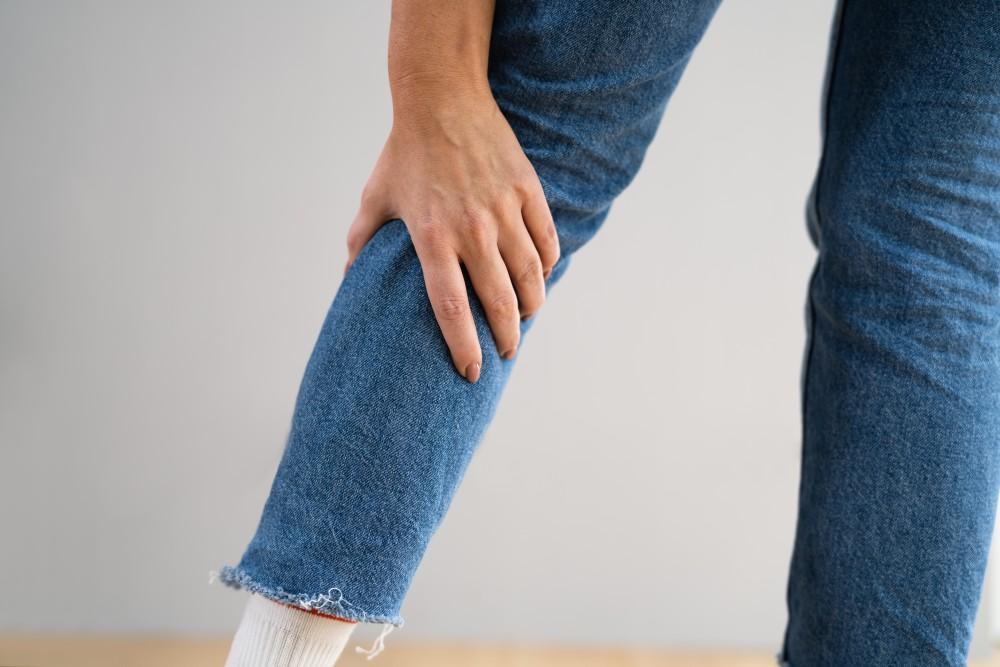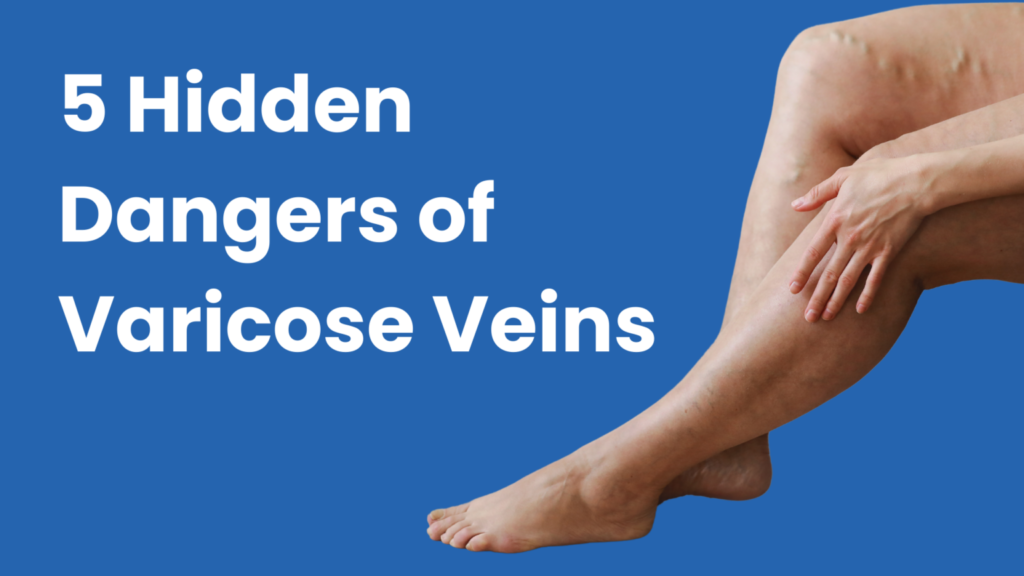It can be incredibly frustrating to fall into bed exhausted only to lie awake with legs that are plagued with itching, crawling, creeping sensations that keep them on the move. You and up to 10% of the population are in the same boat, which means millions of Americans are also lying awake at night thanks to restless legs syndrome (RLS).
Also called Willis-Ekbom Disease, restless legs syndrome is one of our areas of expertise here at Soffer Health Institute due to its connection to your vascular health. Under the guidance of board-certified cardiologist Dr. Ariel Soffer, our team routinely works with patients who are struggling with restless legs to help them get a better night’s sleep.
In the following, we review a few best practices that can go a long way toward helping you manage your restless legs syndrome.
Table of Contents
Toggle1. Test for an iron deficiency
One of our first steps when we treat restless legs is to look for an iron deficiency, which is linked to RLS. To do this, we draw a quick sample of blood and analyze the results. If you are insufficient in iron, we place you on a supplement.
2. Check for vascular issues and remove varicose veins
If you have chronic venous insufficiency (CVI), which affects up to one-third of adults in the United States, you’re more vulnerable to restless legs syndrome. This is because people with CVI are far more vulnerable to varicose veins, and these veins can lead to itchiness and cramping in your legs, which can be especially noticeable at night.
One study found that addressing your CVI and treating superficial vein issues like varicose veins can improve your RLS symptoms.
At our practice, we offer a wide range of leg vein removal treatments that can make quick work of itchy varicose veins to help you sleep better at night.
3. Practice good sleep habits
People with RLS often find that establishing a good sleep routine can be helpful. This means going to bed at about the same time each night. It’s also a good idea to turn off screens an hour before bedtime because the blue light from the screens can suppress melatonin production (the hormone that helps you sleep).
People with RLS also say that stretching your legs before bedtime can be beneficial. Or, still others say that a nice warm bath before bed can help soothe the legs.
4. Cut out the caffeine later in the day
Your morning cup of coffee shouldn’t interfere with your sleep, but if you have RLS, be very mindful of caffeine intake later in the day.
5. Get some exercise
To help address your CVI and your RLS, we strongly advise that you establish a good exercise regimen and get those legs moving during the day. By improving the circulation in your legs, you can also quiet your restless legs at night.
For more ideas about finding relief from your restless legs, as well as a full (and free!) evaluation of your leg veins, please contact one of our offices in Weston or Aventura, Florida, to schedule an appointment.



